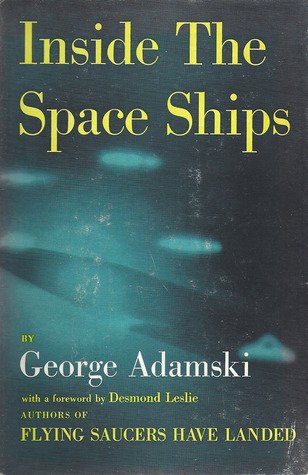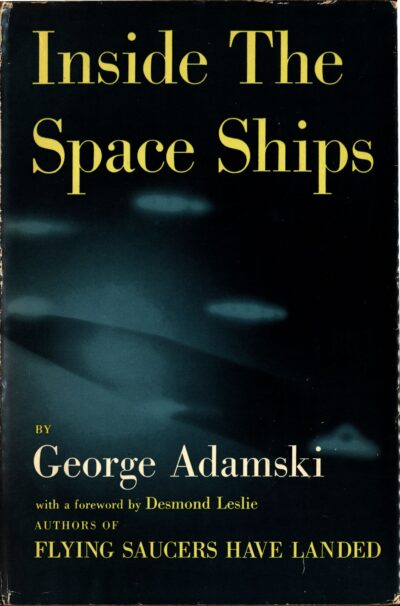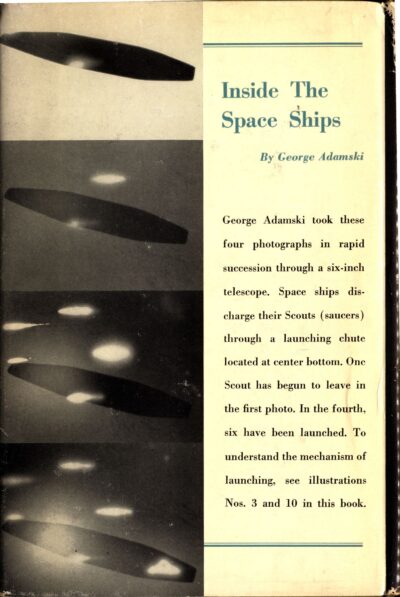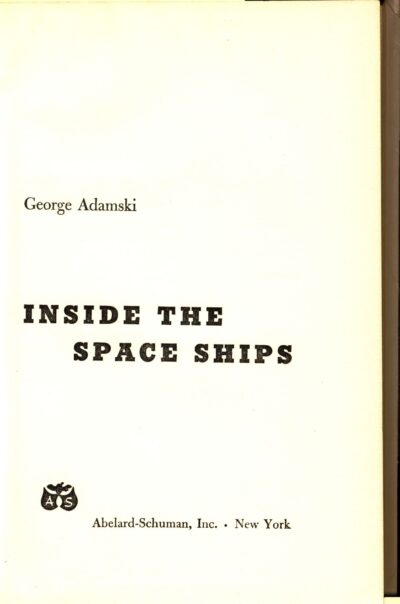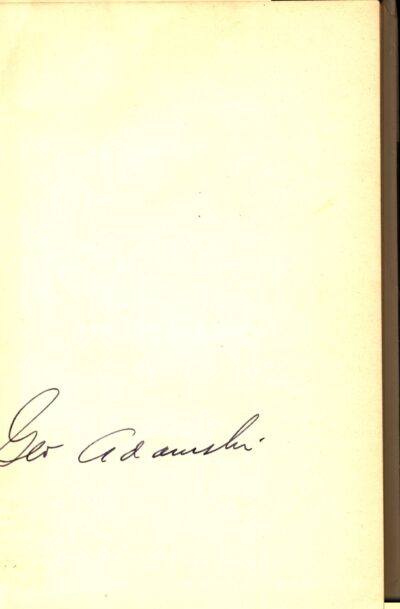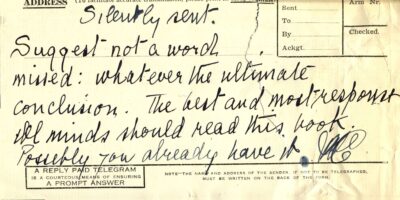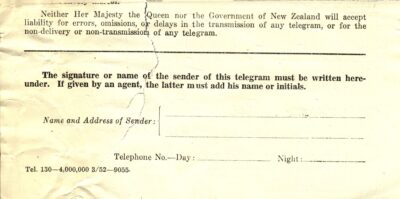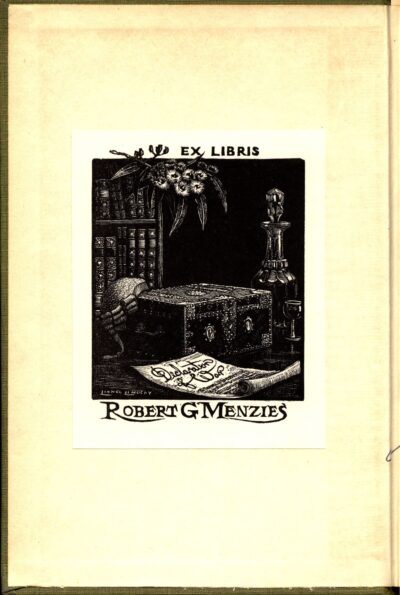George Adamski, Inside the Space Ships, 1955
George Adamski was a Polish-born American author whose works helped to fuel the UFO craze of the 1950s and 60s. Beginning in the late 1940s, Adamski produced numerous photographs of what he claimed were alien spacecraft. Then in 1952 Adamski sensationally professed to have met aliens from Venus in the California desert, communicating with them via a combination of mental telepathy and hand gestures.
He documented his encounters in a series of best-selling books, beginning with Flying Saucers Have Landed in 1953. Inside the Space Ships was his second book, which describes further meetings with the ‘Venusians’ as well as with Martians and visitors from Saturn. According to the book, all of the planets of our solar-system were thus inhabited by human-like creatures, including the dark side of the moon. Adamski went ‘inside the space ships’, climbing aboard a scout ship, visiting an immense mother ship, being informed about the Venusian way of life, and meeting a 1000 year old ‘master’ who allegedly shared with him the secrets of the universe.
The book caused quite a stir. The Queen of the Netherlands invited Adamski to her palace to discuss the extra-terrestrial situation, while the author also claimed to have had a secret meeting with the Pope about it.
Menzies’s copy of Inside the Space Ships is accompanied by a cryptic telegram, which reads ‘Silently sent. Suggest not a word missed: whatever the ultimate conclusion. The best and most responsible[?] minds should read this book. Possibly you already have. [initials indecipherable].’
The book is noteworthy for a number of reasons. Firstly, it shows how ‘conspiracy theorists’ existed even back when Menzies was Prime Minister, and that one of them seems to have known Menzies’s address. Secondly, the book says something about the time in which Menzies was in office – the UFO phenomenon arguably represented a manifestation of fears about technology, the space race, and ultimately the Cold War (Adamski even suggested that the aliens had given him a warning to tell humans to stop messing around with the atom bomb). It was in no small part because of such concerns that a conservative ‘steady hand at the wheel’ like Menzies could hold office for his record stint as Prime Minister.
Finally, the book also says something about Menzies as a man. The fact that he kept it, and the telegram, suggests that maybe he was interested in the subject matter or, more likely, that he found the whole episode amusing. This is why the Menzies Collection is called a ‘Living Library’ – it is the record of an extraordinary life, including all of its quirks and oddities.
You might also like...
Sign up to our newsletter
Sign up for our monthly newsletter to hear the latest news and receive information about upcoming events.

